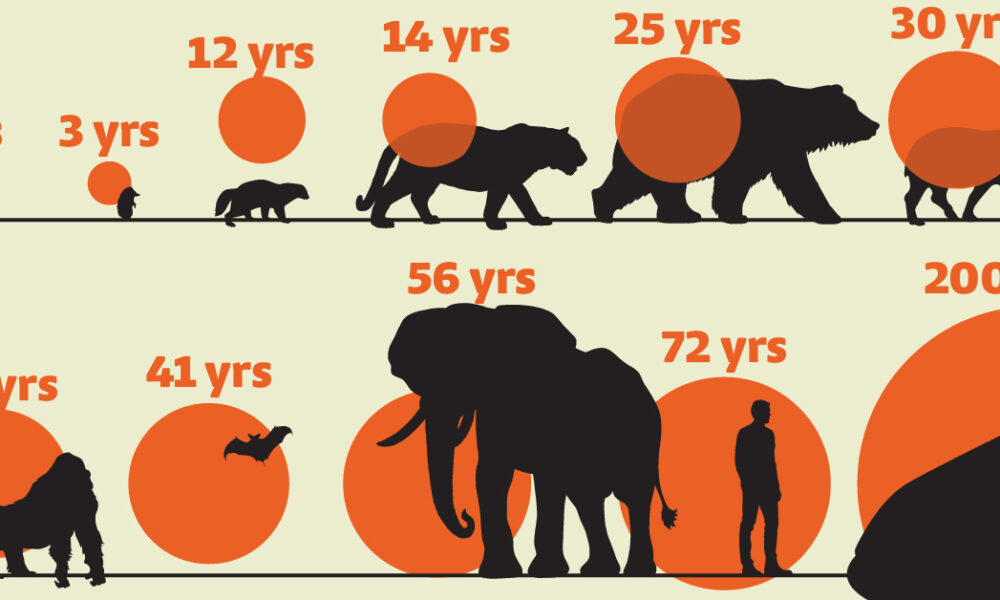
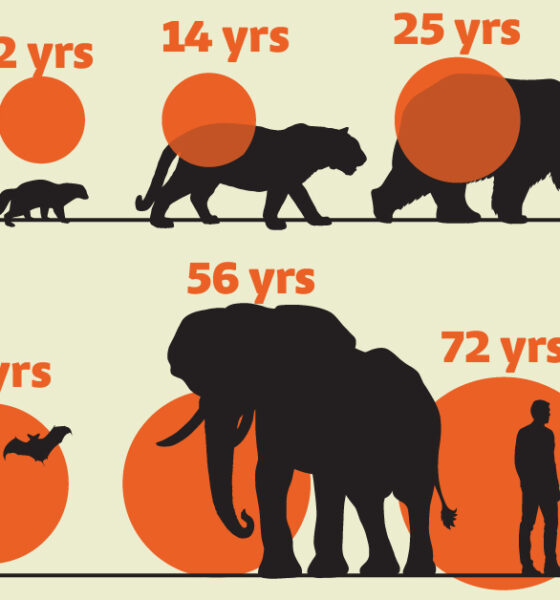
While smaller animals such as weasels typically live 1-2 years, larger counterparts can thrive for decades.
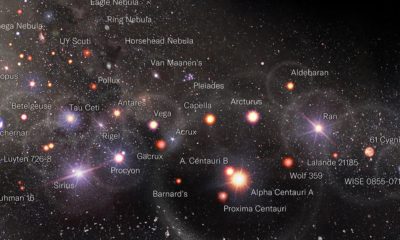

Scientists believe we've only discovered about 5% of the universe. Here's a map of what we've found so far, visualized using a log scale.
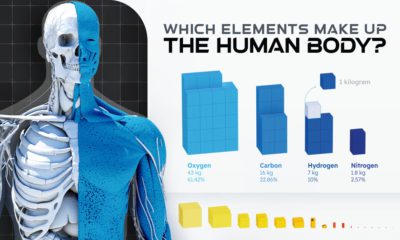

Of the 118 chemical elements found on Earth, only 21 make up the human body. Here we break down the elemental composition of the average human.
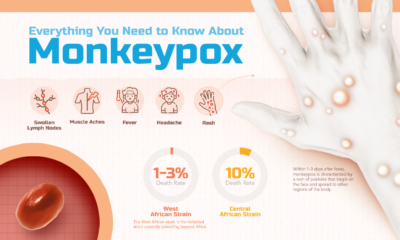

What is monkeypox, and what risk does it pose to the public? This infographic breaks down the symptoms, transmission, and more.
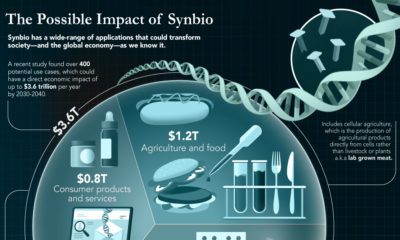

The field of synthetic biology could solve problems in a wide range of industries, from medicine to agriculture—here’s how.
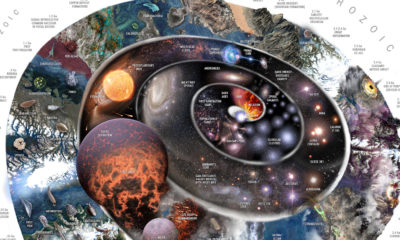

This spiral timeline shows the events that led us to our modern world, from the Big Bang to the present.
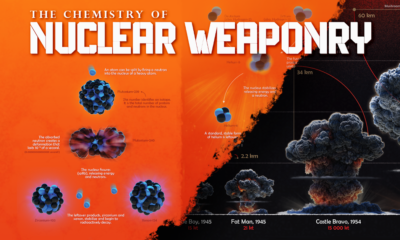

Nuclear weapons have devastating effects, but the science of how they work is atomically small. So, how do nuclear weapons work?
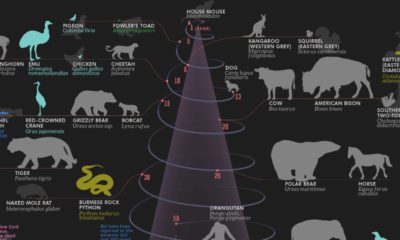

Human life expectancy is more than twice as long as it was in the 19th century. How do our lifespans rank compared to 49 other animals?
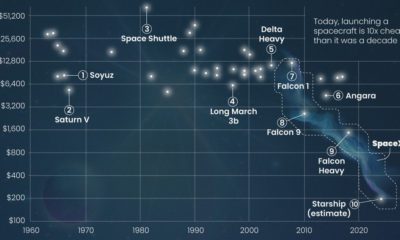

How much does a space flight cost? Here’s a look at the cost per kilogram for space launches across the globe since 1960.
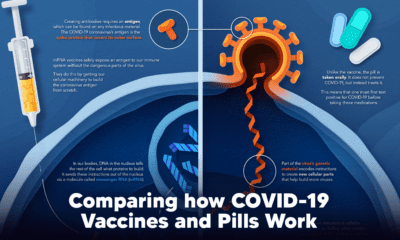

Despite tackling the same disease, vaccines and antiviral pills work differently to combat COVID-19. We visualize how they work in the body.
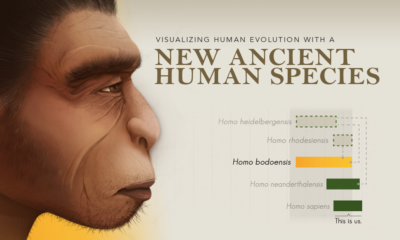

We visualize changes to our understanding of human evolution with the introduction of a new ancient human species, Homo bodoensis.